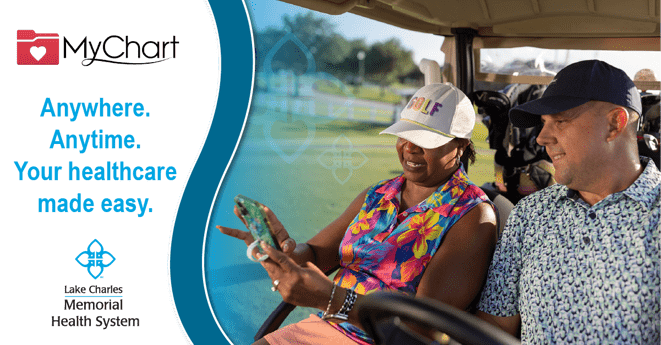What to do during a Cardiac Emergency
- Category: Heart & Vascular
- Posted On:

Many cardiovascular events are emergent by nature, which means that the emergency room is often the first point of contact our health system has with a patient in need of critical cardiac care.
Having or witnessing someone having a heart attack can be a scary event. However, there are a few things you can do to aid until medical assistance arrives.
Know the signs of a heart attack: Chest pain, pressure, tightness, squeezing or aching sensation in the center of the chest is one of the major signs of a heart attack. Pain and discomfort that spread to the shoulder, arm, back, neck, jaw, teeth, and upper abdomen, as well as, nausea, indigestion, heartburn, shortness of breath, dizziness, fainting or sweating are also signs that you may be having a heart attack.
For women, signs of a heart attack may be more vague. Women are more likely than men to have heart attack symptoms unrelated to chest pain. Women are also more likely to assume their symptoms are related to something else, like the flu or emotional stress.Call 911 at the first signs of a heart attack: Do not ignore the symptoms of a heart attack! If you can’t get an ambulance or emergency vehicle to come to you, have a neighbor or friend drive you to the nearest hospital. Only drive yourself if you have no other option.
Chew or swallow an aspirin while waiting for emergency help: Aspirin can keep your blood from clotting and reduce heart damage during a heart attack. However, do not take aspirin if you are allergic or have been told by your doctor to not take aspirin.
Take nitroglycerin, if prescribed: If you think you are having a heart attack and your health care provider has previously prescribed nitroglycerin for you, take it as directed while waiting for emergency responders.
Begin CPR if the person is unconscious: If the person isn’t breathing or you cannot find a pulse, begin CPR to keep the blood flowing after you have called for emergency responders. If you are not CPR certified and would like to be, visit your local Red Cross or call Lake Charles Memorial to seek more information.
If immediately available, use an AED (automated external defibrillator): The AED will give you step-by-step instructions. Listen carefully and use this after you have called for emergency responders.
Lake Charles Memorial Health System’s Emergency Department and Trauma Center is the place of choice for those experiencing a cardiac emergency or trauma. The Emergency Department at Memorial uses the current best practices and protocols for getting cardiac patients triaged and cared for as quickly as possible. Some of the initial cardiovascular services and practices utilized by the Emergency Department at Memorial include:
Door-to-Balloon Time – The goal for patients experiencing a heart attack is 90 minutes from the point of ER arrival to the point of having an interventional procedure performed.
Defibrillation – In cases where a patient is in a certain type of cardiac arrest, a defibrillator may be used to send electrical pulses to the heart to cause the heart muscle to contract and steady the heartbeat.
Electrocardiogram (ECG) – Patients are tested for electrical activity of the heart for both the strength and rhythm of a patient’s heartbeat.
Cardiac Enzyme Blood Testing – A blood test that checks for certain enzymes that indicate damage to the heart muscle from a heart attack may be administered.
Cardiac Monitoring – Special cardiac monitoring devices consistently measure a patient’s vital signs and will immediately indicate any abnormality or change.
Appropriate Referrals and Follow-Ups – Once the emergent cardiac issues are diagnosed, the patient may then be referred to a specialist for follow-up testing, treatment, procedure, or surgery.
Lake Charles Memorial is a health system that not only treats patients in the midst of a medical emergency but provides a clinical team and valuable resources that is dedicated to a patient’s journey from ER to full recovery.
Additional Resource: The Mayo Clinic
Image Source: Freepix




